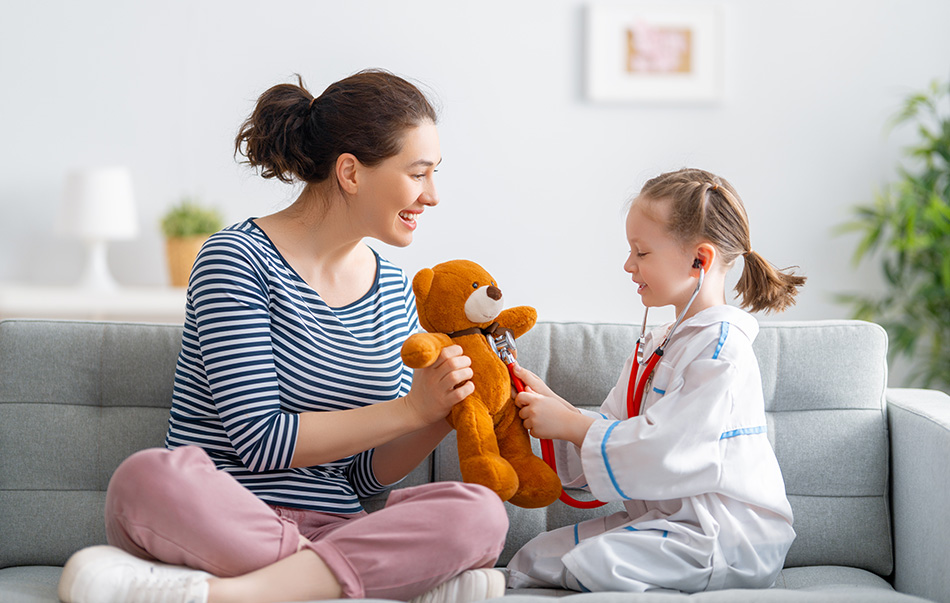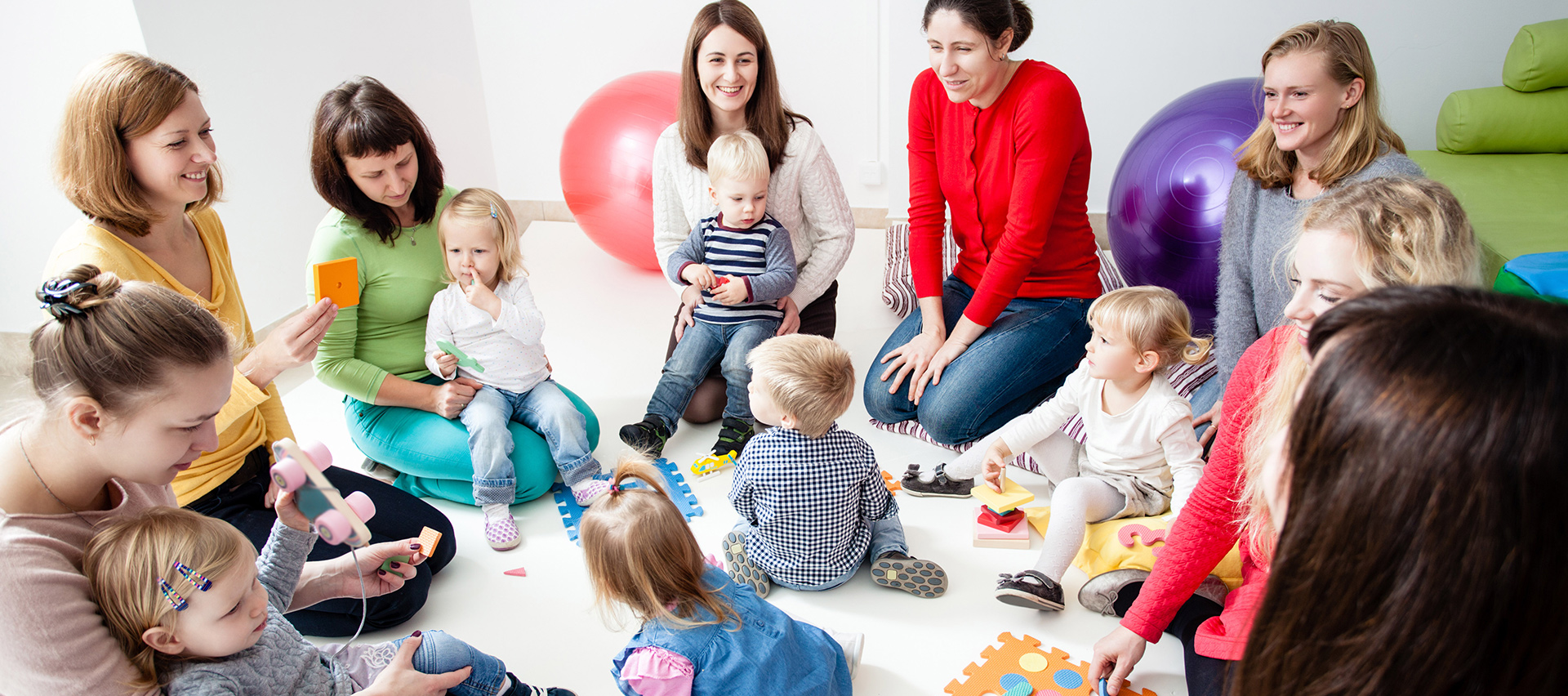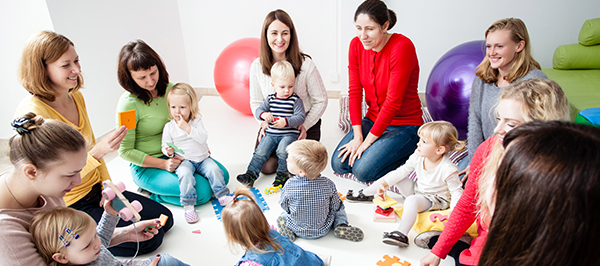ABA parent training is a critical part of making therapy work beyond the clinic. While Applied Behavior Analysis (ABA) therapy is one of the most effective, evidence-based approaches to support these children, progress can slow or even stall without one critical piece: consistency at home.
Even the best therapy plan can fall short if parents and caregivers aren’t fully equipped to support it outside the therapy room. Without clear guidance, caregivers may unknowingly reinforce problem behaviors, miss learning opportunities, or feel overwhelmed trying to navigate complex treatment protocols on their own.
Parent training in ABA bridges that gap. It empowers families with the tools, strategies, and confidence they need to extend therapeutic gains into everyday life—at home, at school, and in the community. In this post, we’ll explore what ABA parent training is, why it matters, and how it plays a vital role in a child’s long-term success.
What Is Parent Training in ABA?
Parent training in ABA teaches parents and caregivers how to apply ABA strategies at home and in daily routines. The goal is to give families the tools they need to support their child’s progress—even when the therapist isn’t around.
Parent training isn’t just a one-time session or a set of handouts. It’s a structured process. It often includes regular meetings with a Board Certified Behavior Analyst (BCBA) who creates a personalized ABA parent training curriculum. This plan is designed to empower parents with the skills they need to become active partners in their child’s ABA program. That kind of teamwork can make a real difference—not just in behavior, but in the child’s overall quality of life.
Who Can Provide ABA Parent Training?
ABA parent training should always be provided by a qualified professional. In most cases, this is a Board Certified Behavior Analyst (BCBA). These are highly trained experts who design, oversee, and adjust a child’s ABA program.
Parent training is not one-size-fits-all. A trained professional will create a plan based on the child’s specific needs and behaviors. They’ll also consider the family’s routines and values. This type of parent education helps families apply ABA strategies that are practical and effective.
Qualified professionals also handle data collection. They use it to track the child’s progress and make changes as needed. That way, parents aren’t guessing—they’re using real information to support desired behavior at home.


Parent Training Assessment
Before any parent training begins, a proper assessment is key. This helps the behavior analyst understand the family’s needs and how to best support them.
During this process, the BCBA gathers information about the child’s behavior, home routines, and caregiver concerns. They may use interviews, checklists, and direct observations. Some assessments also include questions about the caregiver’s current skills and confidence levels.
This is more than just paperwork. A parent training assessment helps build a custom training plan. It identifies what the family already does well—and where they may need more support. It also helps set clear, meaningful goals.
The assessment often includes:
- A review of recent data collection
- A summary of the child’s treatment history
- An overview of what ABA strategies have worked so far
- Input from parents, teachers, or other caregivers
From there, the BCBA creates a curriculum tailored to the child and family. This step ensures the training is focused, efficient, and truly helpful.
Common Goals
Every child is different, so no two training plans are the same. But most ABA parent training programs aim to help families create more structure, reduce problem behaviors, and support learning at home.
Here are some common goals that a BCBA may include in a parent training plan:
Understand and Respond to Behavior
Parents learn how to recognize the reasons behind their child’s behavior. For example, a child may cry to avoid a task or act out to get attention. Once the cause is clear, parents can use the right strategies to respond in a calm and helpful way.
Increase Desired Behaviors
Parents are taught how to encourage desired behavior like following directions, using words instead of hitting, or completing a task. This often involves using positive reinforcement—rewarding the behavior you want to see more often.
Reduce Challenging Behaviors
Training also focuses on how to prevent or reduce behaviors like aggression, self-injury, or tantrums. Parents learn how to stay consistent with the ABA program at home so the child knows what to expect.
Use Behavior Support Tools at Home
Parents practice using tools like token boards, schedules, or visual supports. These tools make routines easier and help improve the child’s independence.
Track Progress with Data
An important goal is to help caregivers use data collection. This might mean keeping simple notes or using a checklist to track how often a behavior happens. Good data helps the team adjust the plan and keep things moving in the right direction.
Benefits of ABA Parent Training
When parents take an active role in their child’s ABA program, the results can be powerful.
Here are some of the key benefits:
Better Behavior at Home and in the Community
When parents use the same ABA strategies as the therapist, the child is more likely to show desired behavior in different places. This is called generalization. It means the child doesn’t just follow directions at the clinic—they also do it at home, school, or the grocery store.
Increased Independence for the Child
When parents consistently use the tools and routines taught in training, children gain more practice using their skills. Over time, this leads to greater independence in everyday tasks like dressing, brushing teeth, or making choices.
Improved Quality of Life for the Whole Family
When problem behaviors go down and daily routines get easier, life becomes less stressful. Families can enjoy more positive moments together. Over time, these small wins lead to big changes in the family’s overall quality of life.
Shorter Duration of Therapy
Children tend to progress more quickly when their caregivers are involved. With parents reinforcing learning at home, many children meet their goals sooner—sometimes reducing the overall length of time they need intensive services.
Long-Term Success
With the right tools, parents can keep using ABA strategies even after services end. This gives children a better chance to keep growing, learning, and becoming more independent over time.

Methods and Types
There are several ways a BCBA can deliver ABA parent training. The method used depends on the child’s needs, the parents’ learning style, and the goals of the ABA program.
Clear and Concise Descriptions
This method involves giving parents both written and verbal instructions. The BCBA explains the behavior plan, step by step, and gives time for questions. It’s usually the most hands-off training style, but it lays a solid foundation. Many teams use this as the first step before moving on to more interactive training methods.
Role-Playing
In this method, the BCBA and the caregiver take turns practicing the behavior plan. First, the BCBA shows the steps by acting as the therapist while the caregiver plays the role of the child. Then, they switch roles—the caregiver practices the same steps while the BCBA gives immediate feedback. This hands-on practice helps caregivers feel more confident using the strategies in real-life situations.
Modeling
The BCBA shows the parent exactly how to use a strategy by working directly with the child. The parent observes and asks questions. Then, they try it themselves with support.
Corrective Feedback
After observing the parent working with their child, the BCBA offers feedback—what went well and what could be improved. This helps the caregiver make small changes that lead to better results.
What Gets in the Way of Effective Parent Training
ABA parent training can be incredibly helpful—but it’s not always easy. Many families face real-life challenges that make it hard to stay involved or consistent.
Here are some common barriers and how they may affect progress:
Time and Scheduling Conflicts
Many parents have full-time jobs, multiple children, or other responsibilities. It can be hard to find time for regular training sessions, especially if they require travel. When sessions are missed, it can slow down the child’s progress and reduce consistency across settings.
Emotional Burnout
Raising a child with special needs can be overwhelming. Some parents feel tired, frustrated, or discouraged. These feelings are valid—and very common. But they can make it harder to stay focused during training or apply ABA strategies at home.
Complex Treatment Plans
Sometimes, the behavior plan can seem too technical or hard to follow. Without enough support, parents may feel unsure or afraid to make mistakes. This is where clear teaching and modeling from the BCBA can make a big difference.
Language or Cultural Differences
If there’s a language barrier or if the plan doesn’t fit well with the family’s culture or routines, training may not be as effective. A good ABA parent training plan should be flexible and respectful of each family’s background and values.
Lack of Support
Some parents feel like they’re on their own. Without regular contact with their therapy team—or if they don’t feel heard—it’s harder to stay motivated and engaged.
Tips to Maximize Parent Training at Home
Learning new skills in parent training is just the beginning. The real impact happens when those skills are used at home—every day, in real situations. Here are some simple tips to help families get the most out of their ABA parent training:
- Practice Consistently
The more you use a strategy, the more natural it becomes. Try to practice during regular routines like mealtime, bath time, or getting ready for bed. This builds habits that support your child’s behavior across all parts of the day. - Take Notes During Training
Bring a notebook or use your phone to jot down what you’re learning. Write down the steps of each new strategy or reminders for the week. These notes can be helpful when you’re trying to remember what to do later on. - Ask Questions
There’s no such thing as a silly question in parent education. If something is unclear—or just doesn’t seem to be working—speak up. Your BCBA wants to help you feel confident using the plan. - Track Progress at Home
Use simple tools like a daily checklist or a notebook to monitor how often your child uses a skill or how their behavior changes. This kind of data collection helps the team make smart updates to the plan and shows how far your child has come. - Stay in Touch with the BCBA
Regular communication with your BCBA is key. Share your wins, your worries, and any changes you notice in your child. Staying connected helps make sure the ABA program continues to meet your family’s needs.
Things You Should Know About ABA
Get the must-know facts about Applied Behavior Analysis—all in one guide
Free downloadHow to Find the Right ABA Parent Training
Finding quality ABA parent training starts with knowing what to look for. Not every provider offers the same level of support, and choosing the right team can make a big difference in your child’s progress.
Here are a few tips to guide your search:
- Look for a BCBA-led program
A Board Certified Behavior Analyst (BCBA) should lead or supervise the training. They create personalized plans and adjust them based on your child’s progress and your family’s needs. - Ask about the parent training curriculum
A strong provider will use a clear, structured ABA parent training curriculum. Ask how sessions are run, what topics are covered, and how progress is tracked. - Make sure training fits your schedule
Flexibility matters. Look for options like in-home visits, center-based sessions, or telehealth—whichever works best for your lifestyle. - Prioritize collaboration and communication
You should feel like part of the team. The right provider will listen to your concerns, answer your questions, and support your family through every step of the process.
At Mindful Sprouts, we believe that empowering parents is one of the most important parts of any ABA program. Our parent training is led by experienced BCBAs who take time to get to know your child, your family, and your goals.
Whether you’re new to ABA or looking for stronger support at home, we’re here to help you improve your child’s behavior, skills, and long-term success.
Conclusion
Parent training in ABA is a vital part of your child’s success. When families are involved, consistent, and supported, ABA strategies work better, progress happens faster, and meaningful change lasts longer.
By learning how to respond to your child’s behavior, support skill building at home, and stay connected with your therapy team, you’re helping shape a brighter future—not just for your child, but for your whole family.
The journey takes time, but you don’t have to do it alone.
Ready to take an active role in your child’s progress?
Learn more about our ABA parent training service. Follow us on Facebook, Instagram, LinkedIn, and X to stay on top of our latest updates.







Leave A Comment